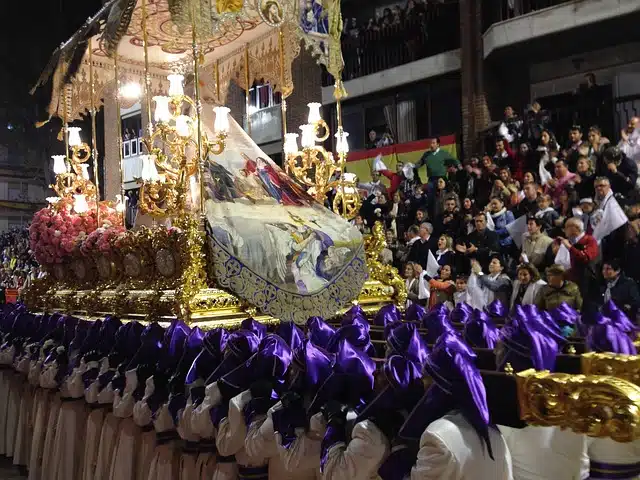
The idea of paraphernalia is associated with the lavish or grandiloquent.
The notion of paraphernalia is often used ironically. The term refers to those things or customs that add grandiloquence to an event or event. Through paraphernalia, something is sought to be lavish or pompous .
For example: “The singer brought with him all the typical paraphernalia of his shows: a giant inflatable doll, a three-dimensional screen, fireworks and many other things” , “The party was very fun, although I didn't like that there was so much paraphernalia” , “Leave aside the paraphernalia and focus on what is important.”
Take the case of the inauguration of a theater . What is relevant about the event is the opening of the theater space , a building that will allow works to be presented, events to be held, etc. The paraphernalia of the inauguration , however, may include a banquet for special guests, the distribution of brochures, and a musical band playing live. As can be intuited, the paraphernalia may not be present without the essence of the act being altered or nullified.
Evolution of the term paraphernalia
It should be noted that, in its origins, the term paraphernalia had a very different meaning. The Latin expression bona paraphernalia referred to assets that belonged only to the woman even within the framework of marriage , that is, they were not part of the dowry.
Over time, the concept evolved to name what was used in specific areas: sports paraphernalia , religious paraphernalia , etc. The next step in the evolution of this word in our language ended up associating it with things that function as an accessory or complement, providing sumptuousness.

Religious paraphernalia can be seen during Holy Week.
The concept in religion
Religion is, along with politics and sports, one of those topics that people tend to avoid in casual conversations and at parties, since they usually lead to heated discussions. Each person has the right to live and understand their beliefs in their own way, as long as this does not require the suffering of others; For that reason, the world should be a place in which we could all live in peace and harmony with other people's ideas.
In the specific case of religion , there are many ways to approach the same belief. The media focuses on those acts of faith that are characterized by paraphernalia, and this affects the atheist public's perception of religious practices in general.
In cities where Catholicism is the official religion, for example, Holy Week is usually the occasion for great displays: the paraphernalia includes long processions carrying colorful images of the Virgin Mary and Jesus Christ, decorations in the streets and live broadcasts in the local television channels to intensify the celebration and bring it to the homes of those who cannot attend in person.
Religious paraphernalia and technology
On the other hand, technology has an increasingly close relationship with religion, and this began many years ago; For example, masses have been broadcast on television for decades, and this is of great help for those who cannot travel to church. With the arrival of the Internet , the possibilities have multiplied, and many religious centers have looked for ways to take advantage of them.
Currently, many churches have their own website, where they can offer a wide range of services, such as virtual attendance at masses. While this does not necessarily fuel religious paraphernalia, the array of mobile apps, products such as adhesive plasters with religious designs and electronic devices in the shape of the Virgin, not to mention paid subscriptions to receive Bible passages, They talk about the quest to do business at the expense of other people's faith.
